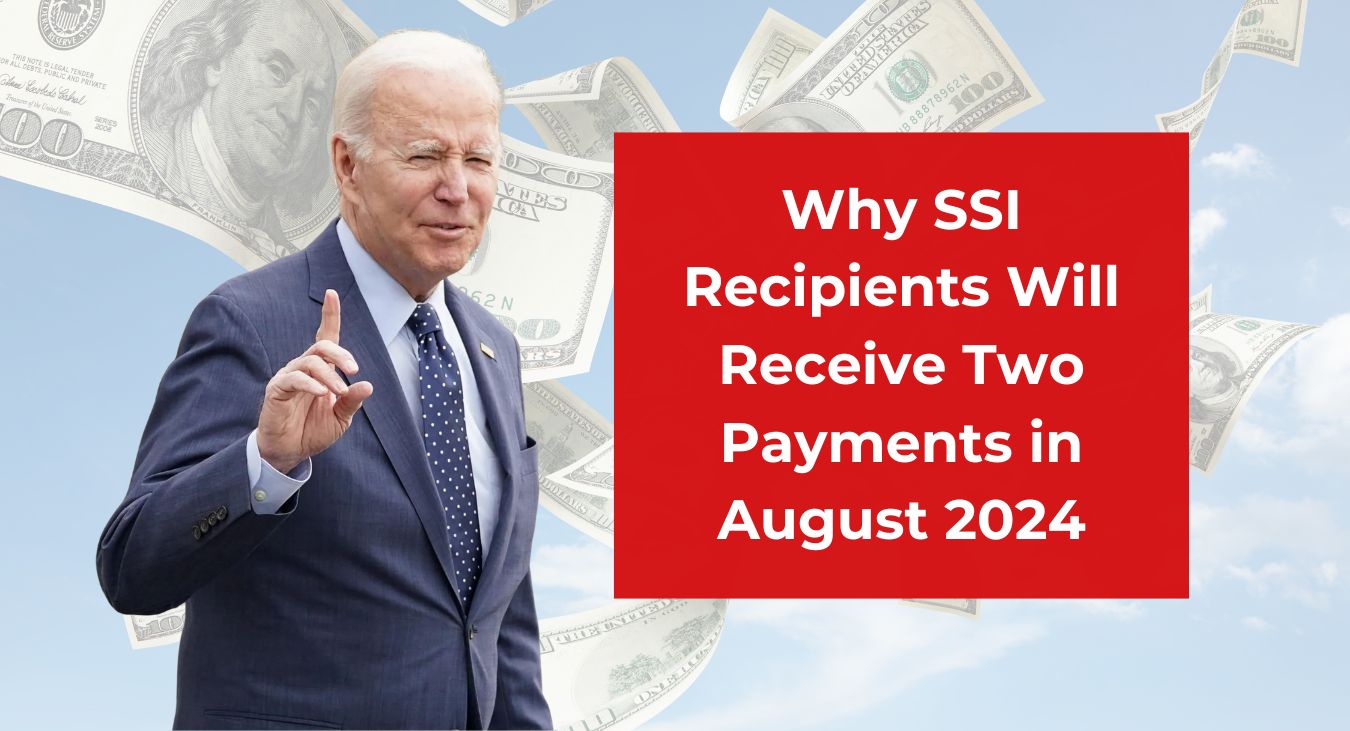When thinking about retirement, most people are excited to get their Social Security benefits, imagining they will enable them to do the things they always dreamed of, or at least live a comfortable life, but that might not be the case. The average Social Security payment for retired workers currently stands at approximately $1,917 per month, but this does not guarantee that your monthly benefit will be similar, it may be higher, or it may be a lot lower.
The amount you receive from the Social Security Administration (SSA) depends on mainly two factors, your lifetime earnings and the age at which you begin claiming benefits. If you wait until your full retirement age (FRA), you will receive your full benefit based on your personal income history. On the other hand, if you claim benefits earlier, your monthly payments will be reduced and delaying your claim until age 70 can increase your monthly benefit, which gives you a certain amount of power and decision making over how much you will get.
It is important to have an estimate of your future Social Security benefits before retirement so you can make informed decisions and the easiest and most precise way to do this is by creating an account on the SSA’s website, where you can access your annual earnings statements. These statements will provide an estimate of your monthly benefit.
While proximity to retirement generally will produce more accurate estimates, the actual amount you receive may still be less than expected due to a particular quirk that many find vexing: the taxation of Social Security benefits. Many people assume their Social Security benefits are free from taxes and this can in fact be true if Social Security is your sole source of retirement income. However, once you have additional income beyond Social Security, taxes may apply. Plus, there is a difference between state and federal taxes that many do not take into account.
The taxation of your Social Security benefits in retirement depends on your combined or provisional income. This is calculated by taking half of your annual Social Security benefit and adding any other income, including tax-free interest from investments such as municipal bonds. The thresholds for combined income, beyond which benefits are taxed, are relatively low. For single tax filers, if your combined income exceeds $25,000, you will begin to pay taxes on your benefits. For joint filers, the threshold is $32,000.
Ways to avoid taxes on Social Security benefits
As a result of this low threshold, many retirees end up paying taxes on their Social Security benefits even if there are strategies to avoid this. One common reason people end up being taxed on their Social Security benefits is because of income from withdrawals from traditional IRAs or 401(k) plans. If you instead save in a Roth IRA or Roth 401(k), your Social Security benefits may not be taxed. This is because withdrawals from Roth accounts do not count toward combined income, as they are not considered taxable income.
Consider a single individual with a monthly Social Security benefit of $2,800, which totals $33,600 annually. Half of this amount, $16,800, is close to the $25,000 threshold where taxes on benefits start to apply. If the individual has no other taxable income and only withdraws from a Roth IRA, they can avoid having their Social Security benefits taxed.
Roth accounts are advantageous because withdrawals from these accounts do not add to your provisional income, potentially allowing your Social Security benefits to remain tax-free. Unfortunately, the income thresholds for taxing Social Security benefits have not been adjusted for decades, and there seems to be little legislative momentum to change this, so probably any little additional taxed income will push you over the edge.
-
US Government Announced $1,900 Monthly Checks for Seniors on Social Security, SSI, and SSDI

In a significant move to support seniors and other vulnerable groups, the U.S. government has announced a plan to provide $1,900 monthly checks to individuals receiving Social Security, Supplemental Security …
-
Understanding the $1800 Retroactive Checks – What You Need to Know

In 2024, the concept of $1800 retroactive checks has garnered significant attention, primarily due to legislative changes and government initiatives aimed at providing financial relief to American families. This article …
-
Why SSI Recipients Will Receive Two Payments in August 2024

In August 2024, recipients of Supplemental Security Income (SSI) will notice an unusual occurrence: they will receive two payments within the same month. This isn’t an error or a bonus; …